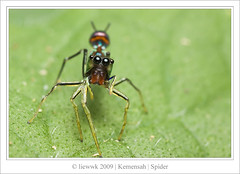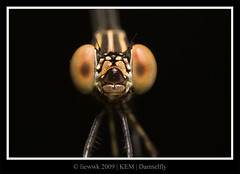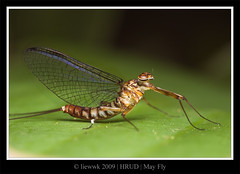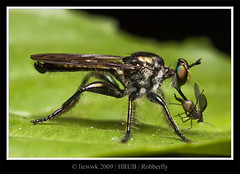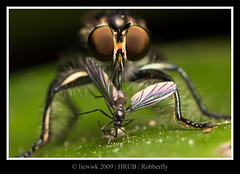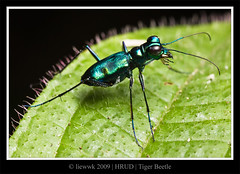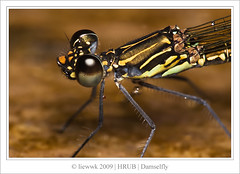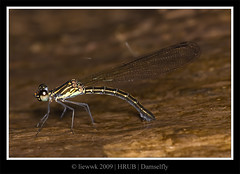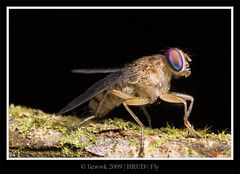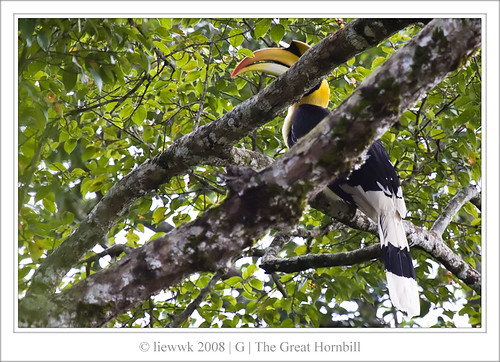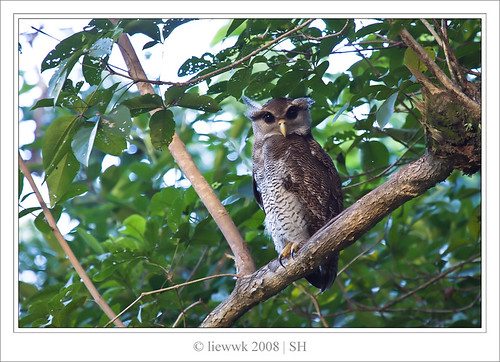INTROOne of the greatest powers of photography is its ability to show us the world around us in ways we aren't normally able to see it. Wide angle lenses create a sense of place by taking in more at a time than we normally see. Telephoto lenses also have a power by reaching out and extracting a small slice of a distant subject. Perhaps no other area of nature photography shows us things that normally go unnoticed though than does the world of macro.
Macro photography gives us the chance to take a look at things more closely than we can or often do normally. It opens up a whole new world of subject matter that may be literally right in front of us but not normally grasped or appreciated by our senses. Tiny flowers and insects, the texture and pattern of mineral crystals and sea shells and so on can provide endless opportunities to create compelling images no matter where you may be. There are plenty of close-up and macro subjects no matter where you are. Due to the size of the subjects in this realm, there exists any number of them right in your own back yard. Sit down on the grass sometime and get comfortable. There's no telling what you may find.
Trying to put more information's on this post where could consolidate from multiple site to ease the beginner
WHAT to Use
1. Life Size
One of the most fundamental concepts to understand in the realm of macro photography is that of "life size." Macro photography deals with taking pictures of small subjects, so it's only natural that we should start our discussion with a look at magnification.
It refer to 1:1 and what is 1:1
2. MACRO len
Using a special-purpose lens called a
macro lens (perhaps confusingly, some manufacturers call it a
micro), having a long barrel for close focusing. A macro lens might be optimized to provide its best performance at a magnification of 1:1. Some macro lenses, like the
Canon MP-E 65 mm f/2.8, can achieve even better magnification— up to 5:1
3. Extension Tube
Placing an
extension tube between the camera body and the lens. The tube has no glass in it; its sole purpose is to move the lens farther from the film or digital sensor. The farther the lens is from the film or sensor, the closer the focusing distance (and the greater the magnification) and the darker the image. Tubes of various lengths can be stacked together, allowing for increasing levels of magnification while simultaneously decreasing working distance. With tubes attached, the camera will lose the ability to focus to infinity.
4. Tele-Convertor (TC)
Attaching a telephoto extender between the camera body and the lens. A 1.4× or 2×
teleconverter gives a larger image, adding macro capabilities. As with an extension tube, less light will reach the film or sensor, and a longer exposure time will be needed. However, working distance remains the same as without the teleconverter.
5. Close-up Diopter
Placing an auxiliary
close-up lens in front of the camera's taking lens. Inexpensive screw-in or slip-on attachments provide close focusing at very low cost. The quality is variable, with some two-element versions being excellent while many inexpensive single element lenses exhibit
chromatic aberration and reduced
sharpness of the resulting image. This method works with cameras that have fixed lenses, and is commonly used with
bridge cameras. These lenses add
diopters to the optical power of the lens, decreasing the minimum focusing distance, and allowing the camera to get closer to the subject.
6. Reverse len
Reversing a lens of lesser focal length in front of a normally mounted lens using a very inexpensive "macro coupler," which uses two male filter threads to join lenses. This method allows most cameras to maintain the full function of electronic communication with the normally mounted lens for features such as open-aperture metering. Magnification ratio is calculated by dividing the focal length of the normally mounted lens by the focal length of the reversed lens (i.e., when a 18 mm lens is reverse mounted on a 300 mm lens a 16:1 magnification ratio is achieved). The use of automatic focus is not recommended due to the extra weight of the reverse-mounted lens. Attempted use of automatic focus with this technique could result in damage to the camera or lens. Working distance is significantly reduced as compared to the original lens.
7. Bellow
Using a bellows attachment between the camera body and the lens to extend the lens to film plane distance. Similar to an extension tube, but adjustable.

 Rate of this Spot -- A
Rate of this Spot -- A
